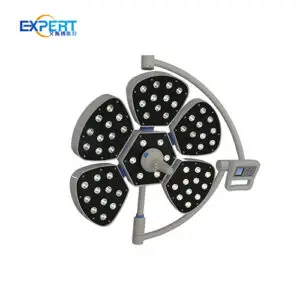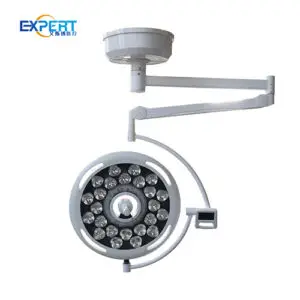Adresse
304, rue Cardinal Nord
Centre Dorchester, MA 02124
Heures de travail
Du lundi au vendredi : 7h - 19h
Week-end : 10h - 17h
Bienvenue sur mon blog !
Avant de plonger dans le contenu, j'aimerais que vous me rejoigniez sur mes plateformes de médias sociaux où je partage plus d'informations, interagis avec la communauté et publie des mises à jour. Voici comment vous pouvez me contacter :
Facebook :https://www.facebook.com/profile.php?id=100071234835011
LinkedIn :https://www.linkedin.com/company/74943205/admin/dashboard/
YouTube :www.youtube.com/@shandongexpertmedicalequip4695
TikTok :www.tiktok.com/@expertmedical
Commençons maintenant notre voyage ensemble. J'espère que vous trouverez le contenu ici instructif, engageant et utile.

Surgical lighting equipment is a cornerstone of modern operating rooms, providing the essential illumination that enables surgeons to perform intricate procedures with utmost precision. It’s more than just a source of light; it’s a critical tool that directly impacts patient safety and surgical outcomes. In this comprehensive exploration, we will delve into the multifaceted world of surgical lighting equipment, exploring its key features, benefits, and the latest advancements that are revolutionizing the field of surgery.
At its core, surgical lighting equipment is designed to deliver optimal illumination to the surgical field, minimizing shadows and glare while providing a clear and accurate view of the operative site. Key components of a surgical lighting system include:









High-quality surgical lighting equipment offers a multitude of benefits that directly impact patient care and surgical outcomes:
Several types of surgical lights are available, each with its own unique advantages:


When choosing surgical lighting equipment, several key factors should be considered:
Surgical lighting equipment plays a pivotal role in minimally invasive surgery, where small incisions and advanced imaging techniques are used to perform complex procedures. High-definition cameras and specialized surgical lighting systems provide surgeons with a clear and magnified view of the surgical field, enabling them to perform delicate procedures with precision and accuracy.
| Caractéristique | DIRIGÉ | Halogène | Xénon |
|---|---|---|---|
| Efficacité énergétique | Haut | Faible | Moyen |
| Durée de vie | Long | Court | Moyen |
| Indice de rendu des couleurs | Haut | Haut | Haut |
| Production de chaleur | Faible | Haut | Moyen |
| Coût initial | Haut | Faible | Moyen |

The field of surgical lighting equipment is constantly evolving, with several exciting trends emerging:
Surgical lighting equipment is an indispensable tool that plays a crucial role in modern surgery. By providing optimal illumination, these systems enhance the surgeon’s ability to perform procedures with precision and accuracy, ultimately improving patient outcomes. As technology continues to advance, we can expect to see even more innovative and sophisticated surgical lighting solutions that will further revolutionize the field of surgery.
What are the primary types of éclairages chirurgicaux?
The primary types of surgical lights include ceiling-mounted lights, portable lights, and microscope-integrated lights. Each type offers distinct advantages and is suited for specific surgical procedures.
Comment l’éclairage chirurgical à LED se compare-t-il à l’éclairage halogène traditionnel ?
LED surgical lighting offers numerous advantages over traditional halogen lighting, including higher energy efficiency, longer lifespan, improved color rendition, and lower heat generation. LED lights also provide more consistent illumination and reduce the risk of eye strain for the surgical team.
What factors should be considered when selecting surgical lighting equipment?
When selecting surgical lighting equipment, consider factors such as light intensity, color temperature, color rendering index, shadow elimination, beam angle, energy efficiency, and the specific needs of your surgical procedures.
How often should surgical lights be calibrated and maintained?
Surgical lights should be calibrated and maintained regularly to ensure optimal performance and safety. The frequency of calibration and maintenance will depend on the specific type of light and the manufacturer’s recommendations.
What is the future of éclairage chirurgical technologie?
The future of surgical lighting technology is promising, with advancements in LED technology, wireless and battery-powered lights, smart lighting systems, and personalized lighting settings. These innovations will continue to improve the quality of surgical procedures and enhance patient care.
